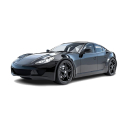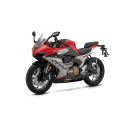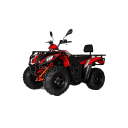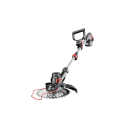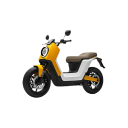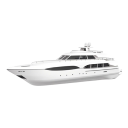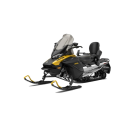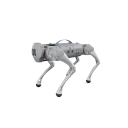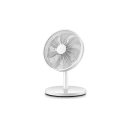-
5
-
2025-10-16 16:07:53
Snowmobiles aren’t magic. They do a few sensible things very well: make lots of power that’s easy to control, spread that power to the snow, and let you steer without digging in. If you break it down, four parts do most of the heavy lifting: the engine, the transmission, the track & skis, and the controls.
The engine — built to start when it’s freezing

Most modern machines use four-stroke petrol engines — usually somewhere between 500 and 1200cc. Some sporty models push toward 150hp, but what matters more for cold weather is the small engineering bits: heated intake, strong starter motors and glow plugs or pre-heaters. These things mean the engine will actually start on a minus-30 day.
Fuel is sprayed in electronically, and the system tweaks how much goes in depending on altitude and air temp. That keeps the engine responsive and avoids wasting fuel when it’s cold.
The drive train — simple, smooth, and continuous

Power goes from the engine into a clutch, then into a CVT — the continuously variable transmission. Think of the CVT as two cones with a belt between them: the belt rides higher or lower as the cones change diameter. At low speed you get more torque; at high speed the setup shifts so you get more top end. The nice bit is there’s no jerky gear change — it’s smooth, which helps when you don’t want the track to lose bite in soft snow.
After the CVT the power reaches a drive wheel that turns the rubber track. Teeth on the drive wheel mesh with the inside of the track and the whole thing moves you forward.
Track and skis — how the machine “floats”

The track is wide and usually rubber with reinforcing fibres. A big contact area spreads the weight so you don’t just sink into loose snow. The lugs and grooves on the track give grip and help shed ice. Some higher-end sleds let you tweak track tension for different snow types.
At the front are the skis — plastic or aluminium bits that steer the sled and reduce friction. They’re designed to slide, not dig. On rough or deep snow you can sometimes raise or tweak them a bit to suit conditions.
Steering, braking and staying upright

Handlebars steer the skis through a set of rods — it’s mechanical and direct. Riders also shift their weight to help turn, similar to riding a bike. For stopping, there’s usually a hydraulic disc brake acting on the driven parts, plus a mechanical parking brake for holding on slopes.
Many modern sleds have traction control or anti-slip features that watch for speed differences and smooth out power delivery. That helps with stability when the snow gets tricky.
Little details that matter in winter
Frames are usually aluminium these days — light but stiff — so the sled weighs something like 200–400 kg depending on kit. Keeping heavy bits low (fuel tank, seat) lowers the centre of gravity and makes the thing less prone to tipping.
Designers add snow shields to exhausts so you don’t clog the pipe, and some machines can be fitted with ploughs, tow hooks or reinforced racks for utility work.
Bottom line
A snowmobile works because each part is tuned for cold, soft surfaces: an engine that starts and breathes in freezing air, a CVT that gives smooth torque whenever you need it, a wide track and slick skis that keep the machine on top of the snow, and simple, reliable steering and brakes. Put them together and you’ve got a surprisingly nimble vehicle for places cars simply can’t go.


